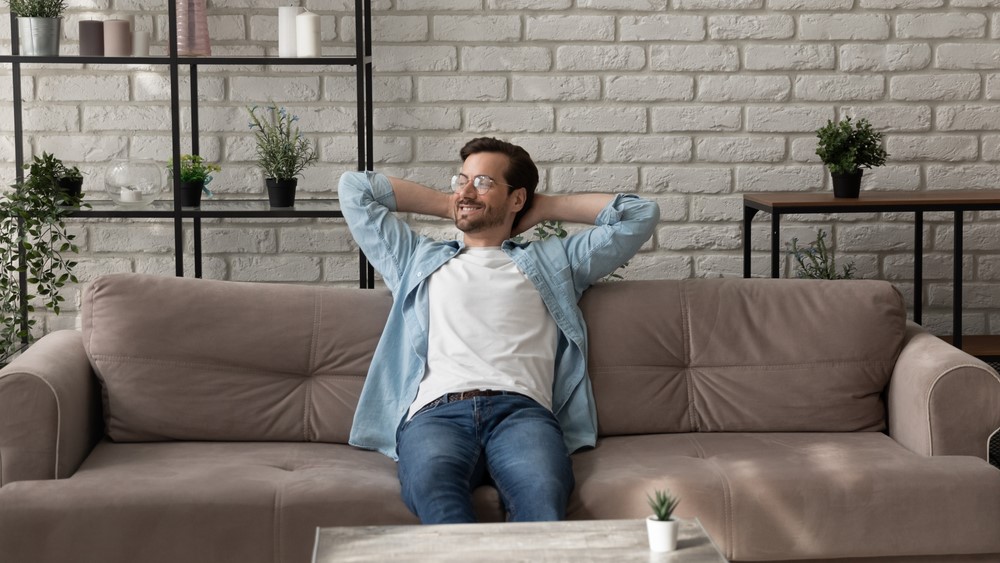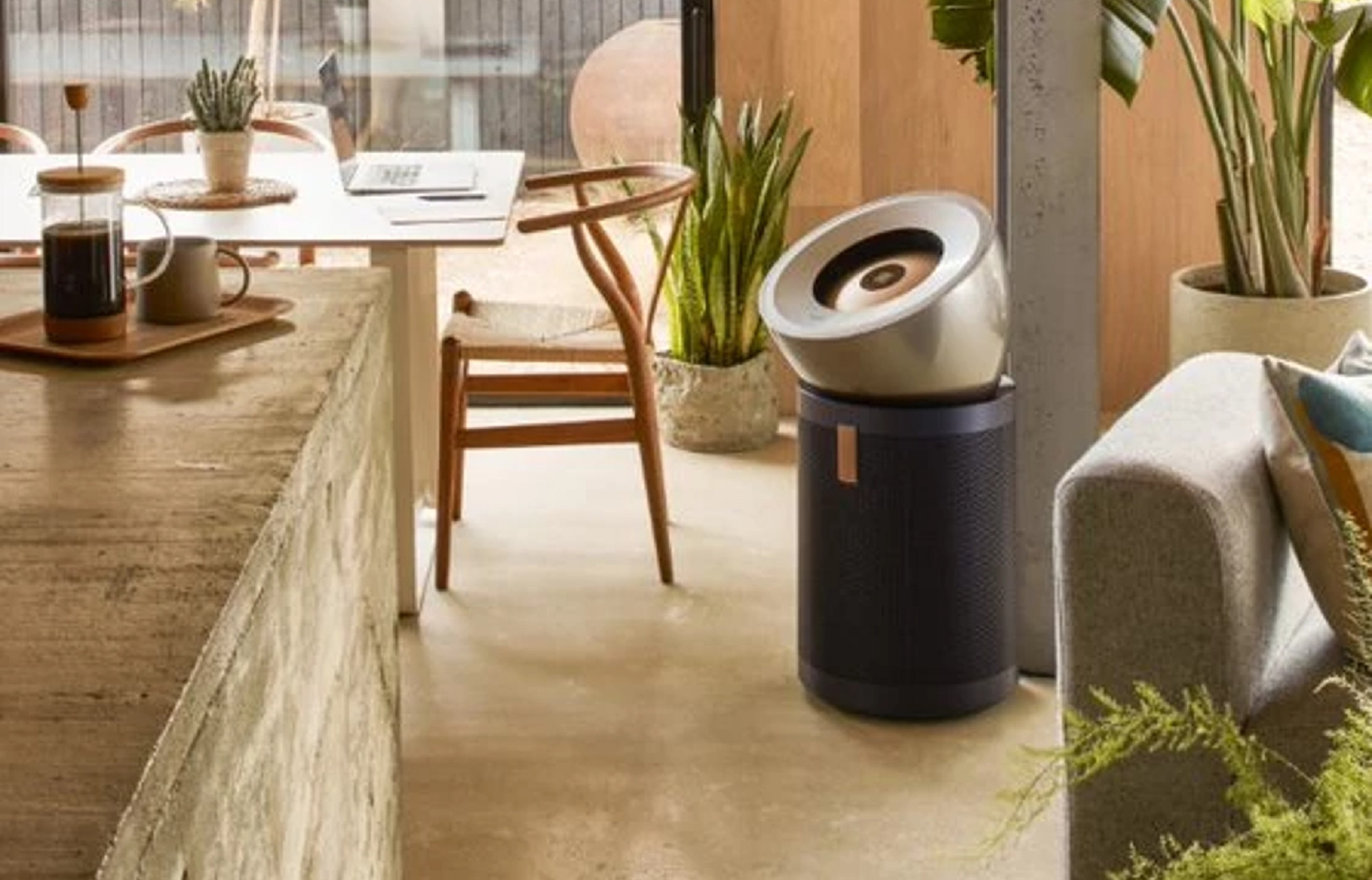My new year's resolution is to have cleaner air
2024 is a year to breathe easier and here’s how

Every year, we collectively decide to try and treat our bodies a little better by resolving to eat better and work out. And, while those are both on my list, my new year’s resolution this year is to have cleaner air. After all, what we breathe day in and day out has an impact on our health as well. Unless you throw your windows open every morning and keep fresh air circulating, and I’ll admit that I don’t do it as much as I should myself, you’re probably breathing in dead skin cells, pet dander if you have pets, and even mold.
To improve the air quality in my living space, there are a few things that must be done. Before cleaning the air itself, having one of the best vacuum cleaners to help suck up dust is imperative. A dirty space is naturally going to have more particles in the air. The next step is to tackle the air, and that requires one of the best air purifiers.
I’ll discuss a little more about what someone like me who’s tested both vacuum cleaners and air purifiers look for as well as a few other factors that help improve the air quality at home.
Get a vacuum capable of picking up even the smallest particles

When it comes to picking out a vacuum cleaner, there are a lot of choices. And, there’s good reason to have more than one as strange as that sounds. For instance, the best robot vacuums are the height of convenience when it comes to cleaning. You can put them on a schedule and even have them run daily if you want so that you’re regularly picking up dander, dust, and debris off the floor.
However, robot vacuums are not great with edges or corners, and they’re not what I would call deep cleaning machines. Whether you go with one of the best corded or cordless vacuums, they are able to get where the robot vacuums can’t. I particularly like ones that can transform into a handheld as I can use it to clean upholstery, ceilings, and even use it in lieu of a duster.
While I suggest you check out our reviews for any model before you buy, just make sure that you get vacuums with a HEPA filter and with enough suction power to handle whatever cleanup job you have.
Get an air purifier capable of continuously keeping your air clean

Once the surfaces are clean, it’s time to take care of the air. And, that means getting a competent air purifier and running it regularly. Ideally, it would be one with an auto mode that you can leave on 24/7.
Sign up for breaking news, reviews, opinion, top tech deals, and more.
Not all air purifiers are the same, however. To start, they come in different sizes and are made to handle different size rooms. For example, as much as we loved the Levoit Core 300S True HEPA air purifier, it can only handle a space of up to 219 sq ft, making it only a solid option for smaller rooms like a non-master bedroom.
It’s crucial that whatever air purifier you choose also comes equipped with a HEPA filter to catch particles. But, you should also take a look at that air purifier’s CADR (clean air delivery rate). Not all models come with this spec, but it’s an incredibly useful one as it measures how well the purifier can handle different sized particles and is based not only on the quality of the filter but the level of air flow. It doesn’t matter how good the filter is if the air purifier is not pulling the air through. The max rating for dust is 400, while it’s 450 for pollen and smoke.
There is some controversy here as some manufacturers prioritize filtration efficiency and consider the CADR rating to hype models that push a lot of air. Still, it’s a valuable rating to consider, and you’ll want something with at least a rating of 180.
Some air purifiers also come with an ionizer function. Having this feature can be helpful as it will create negative ions that can stop the growth of viruses in the air. However, ionizers create Ozone so you might want to skip this feature or just use it judiciously.
Regardless, don’t just go for the most expensive, the cheapest, or the cutest model out there. Read the reviews, whether it’s ours or the ones on retail websites (please don’t just go off the overall score) to figure which one is best for your space.
Treat your home properly
As much as getting gadgets like semi-sentient robot vacuums and air purifiers that you can control through an app can help (and can be fun to shop for), there are some less sexy things that you need to do to maintain your air.
Some go without saying, unless you’re a bachelor like cleaning your surfaces and sheets regularly. But, also make sure to clean your couch, whether it’s with one of those stick vacuums or just removing the covers and throwing them in a wash. Make sure to clean on top of your bookshelves or any hard-to-reach place that might harbor build-up of dust.
If you have any kind of air conditioning, heating, or HVAC system, you should regularly be replacing the filter according to manufacturer’s parameters, which could be anywhere from 30 to 90 days.
Also, make sure to throw open those windows and even doors as much as the weather and safety allows. The freshest air you can get is the stuff that’s outside. Of course, this doesn’t apply if you live in a city with terrible air. Still, you’ll need to cycle the air in your home when you can if possible.
How I plan to tackle getting cleaner air
As a tech reviewer, I’m a bit privileged here. I constantly have vacuums that need testing so I can easily keep my space clean. But, I make sure to use the robot vacuum on a semi-regular basis so that whatever upright vacuum I use only needs to come out once a week or so.
I also currently have two air purifiers in the process of being tested that I plan on running regularly. And, as far as my other, more banal tips, I just have to remind myself as you should for yourself to get some fresh air in and to do a bit of deep cleaning from time-to-time.
As someone who’s struggled with lifelong allergies, I’m hoping to keep the seasonal malaise and sickness that often accompanies spring at bay.
You might also like

James Holland loves checking out gadgets of all sorts, whether it's audio equipment, laptops, or vacuums (especially of the robot variety), and does so for a number of Future Publications including TechRadar, Top Ten Reviews, Homes & Gardens, and T3. He's built up an expertise for in-depth reviewing over the last four years. When he's not putting in the work on the latest tech, he loves to travel, play music, and eat questionable food.